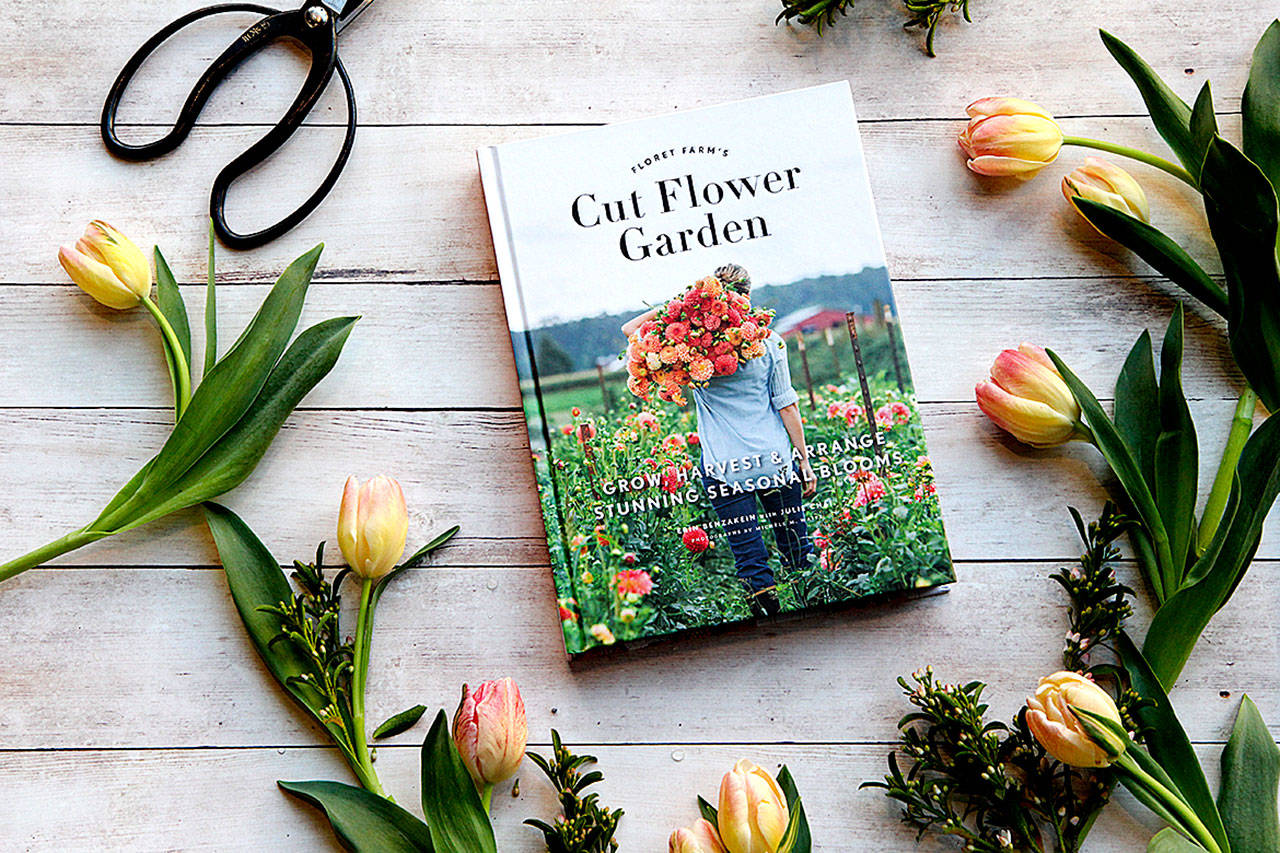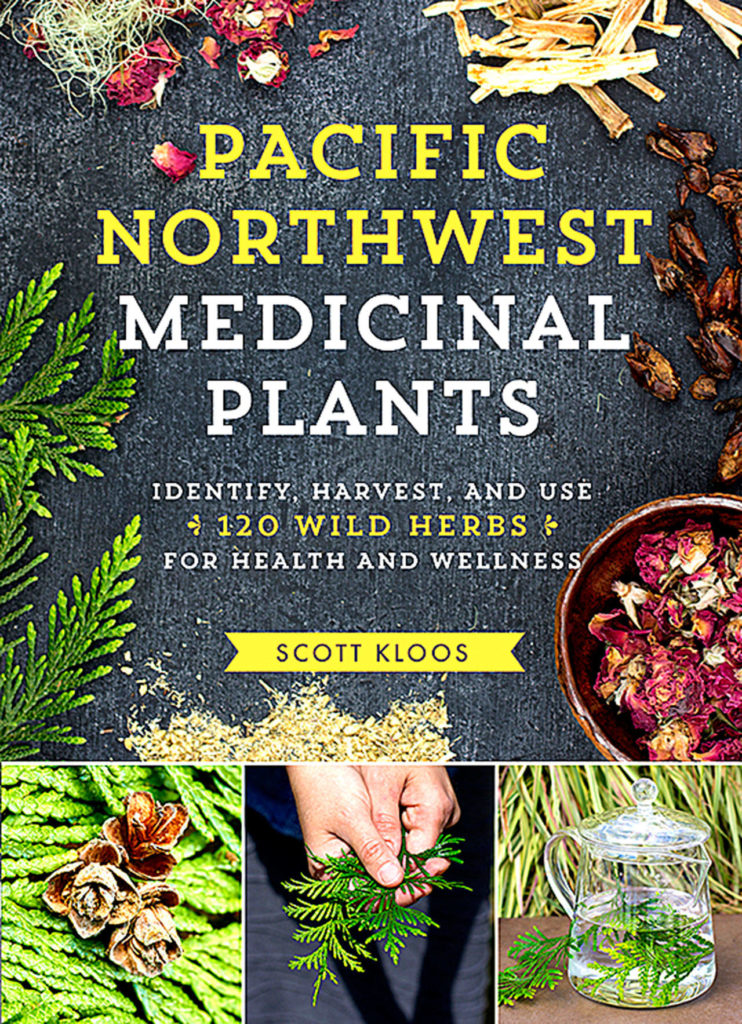When I was growing up, the rule was: Don’t plant vegetable starts or annuals until May Day. Maybe back then the spring frosts were more harsh. Still, it’s a good idea to wait until all risk of frost is gone before you put delicate seedlings in the ground.
This past winter was a long one and so far the April showers have been many. Truly though, May flowers are around the corner, and many of us are ready to get our hands dirty.
Three new books just out will help gardeners boost their enthusiasm.
“Floret Farm’s Cut Flower Garden: Grow, Harvest &Arrange Stunning Seasonal Blooms” — by Skagit Valley farmer-florist Erin Benzakein (with help from Julie Chai) — is perhaps the most exciting of the three.
The book includes chapters on planning, caring for the growing flowers, and then season-by-season chapters on bloomers and projects.
Floret Flower Farm’s Benzakein (a self-described “floral-obsessed nut”) is constantly posting on Facebook beautiful photos of incredible bouquets of amazing flowers of all kinds. Think daffodils, tulips, peonies, poppies, cosmos, roses, zinnias, ranunculuses, chrysanthemums, sunflowers and dahlias.
But it was a photo of her pickup truck filled with buckets of dahlias that got Benzakein on the map. Movie stars and Martha Stewart discovered Floret, and it was over. The 2-acre farm near Mount Vernon and Benzakein’s bouquet stylings are now internationally famous.
In 2014, Floret was awarded the Martha Stewart American Made award in the floral design category. Describing Benzakein’s bouquets is difficult. Most are wide, airy, asymmetrical and inclusive of all sorts of things — various blossoms, buds, seed pods, leaves and other greenery.
Benzakein says the problem beginner florists have is that they try to use only the most beautiful blossoms, when a combination of big and small is better for the bouquet.
The 308-page book published by Chronicle Books retails for about $30. It has 200 beautiful photos and easy-to-follow steps for planting, growing in various spaces, cultivating, harvesting and arranging more than 175 varieties of flowers, including Benzakein’s first favorite — sweet peas — which her grandmother had grown.
“Pacific Northwest Medicinal Plants: Identify, Harvest and Use 120 Wild Herbs for Health and Wellness,” by Scott Kloos, is a well-illustrated 415-page guide published by Timber Press and retailing for about $28.
Some of the plants Kloos refers to may be weeds in your yard.
If you are into medicinal uses of native plants, you have another reason to plant those natives. Birds and critters love native plants, which are not big water consumers.
With the Kloos book, you can safely discover other reasons to love plants such as black cottonwood, Western red cedar, madrona, ocean spray, blackberries, horsetail, salal, nettle, yarrow, Oregon grape, Saint John’s wort and sweet gale.
With the right tools, one can learn how to make teas, tinctures and salves that promote good health, and Kloos makes it easy to avoid the harmful effects of wild plants.
Kloos is the founder of the School of Forest Medicine and he owns Cascadia Folk Medicine.
More conventional eating and gardening is described in “Pacific Northwest: Month-by-Month Gardening,” by Christina Pfeiffer with Mary Robson. The 208-page book published by Cool Springs Press tells readers what to do each month to have a beautiful garden all year. The book, with its colorful photos and detailed suggestions, retails for about $25.
Pfeiffer is a garden writer, horticulture consultant and instructor, who has taught pruning and landscape management at Edmonds Community College and other colleges. Robson is a retired Washington State University Extension horticulture expert.
So what’s to do in April, according to this well-planned and informative book?
Well… weed, weed, weed.
Then if it ever gets warm enough, you might want to prepare soil for dahlias, gladiolus and cannas. These bulbs go well with colorful annuals in clay pots. Plan it out. Think about adding a small rose to one of the pots.
Learn about pruning in order to take care of your shrubs and trees.
Buy annual flowers to mix with salad starts. Parsley grows well with marigolds. Swiss chard looks great mixed with all sorts of flowers. Nasturtiums are peppery flowers that are great in salads.
Along with those nasturtium seeds, get ready to sow your sweet peas.
And then on May Day (or the weekend before or after) put it all in the ground.
Talk to us
> Give us your news tips.
> Send us a letter to the editor.
> More Herald contact information.



























